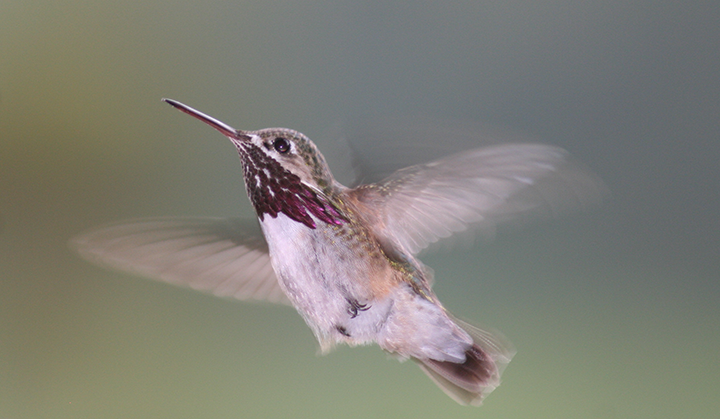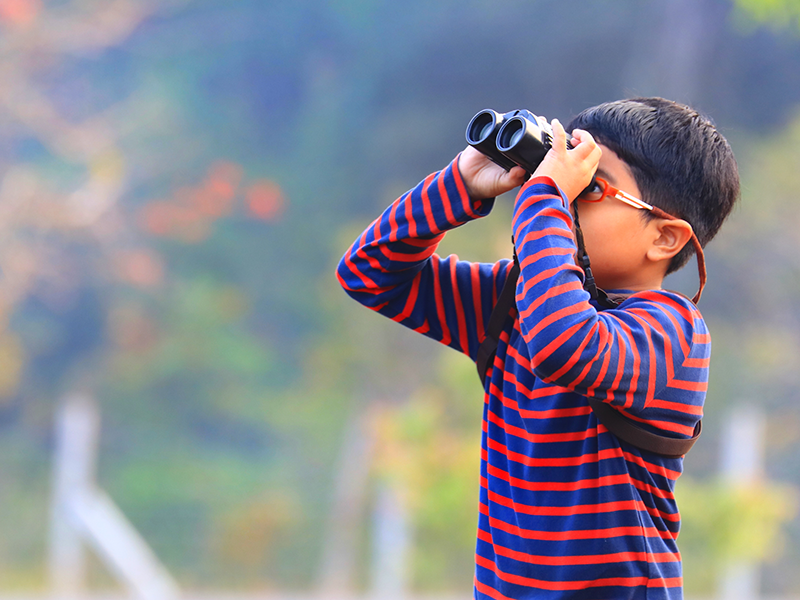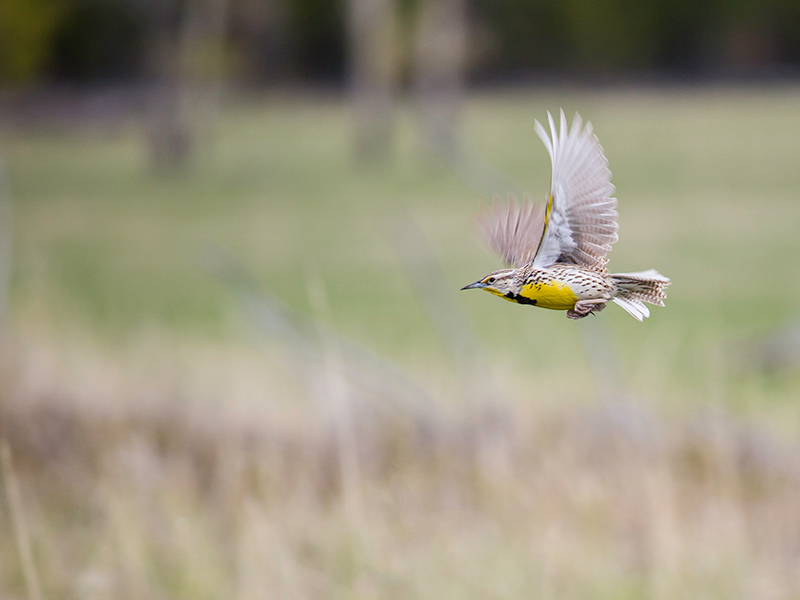A birds-eye view of healthy habitats and climate change
Most animals on the ground, in the air and in water need healthy habitats to move within and across in order to survive and thrive. When it comes to safeguarding wildlife movement corridors, we often talk about keeping larger land mammals moving — grizzly bears, wolves and lynx to name a few — because they have huge ranges.
But what about…birds? These graceful creatures are naturally emblematic of momentum. Picture a scene where you look to the treeline and watch a bird take flight, catch the breeze beneath its wings and soar across the sky. Depending on the time of year and species, its destination could be nearby or thousands of miles away.
While our winged friends don’t require continuous land corridors, they do need “stepping-stones” along their journey, such as seasonal habitat. Like other animals, many birds need large areas of native habitat for feeding, breeding and nesting.
While birds don’t require continuous land corridors, they do need “stepping-stones” along their journey, such as seasonal habitat.
However, humans are steadily destroying and fragmenting natural wildlife habitat. On top of that, climate change is increasingly affecting how, where and when some birds and other species move and migrate.
Climate change and its impacts — from rampant, hotter wildfires to vanishing permafrost — affects entire ecosystems. This means a bird’s food sources, predators and resilience to disease could change, too.
Not all birds respond the same. Some are more likely to adapt by finding other places to live, while more vulnerable migratory birds may need urgent conservation action taken for their specialized environments.

How are birds trying to adapt to changing ecosystems and loss of their habitats?
Birds’ ranges, such as for the Calliope hummingbird, will shift and contract as global temperatures increase. Sadly, other bird species are seeing steep declines. New research shows bird populations have continued to plummet in the past five decades, dropping by nearly three billion across North America.
Climate change reinforces why we need connectivity. Research shows that connected, protected habitats — the core of Y2Y’s mission — support wildlife’s ability to adapt to changing landscapes. By supporting Y2Y, you are helping ensure birds have a landing pad of safe, healthy habitat to depend on.
Conservation at a continental scale requires many partners and ongoing support from people like you. Our successes mean you and future generations can continue to gaze up and see your favorite bird soaring onward.

Want to learn more about connectivity, corridors and climate change?
Here are some resources, co-authored by Dr. Jodi Hilty, Y2Y’s president and chief scientist:


